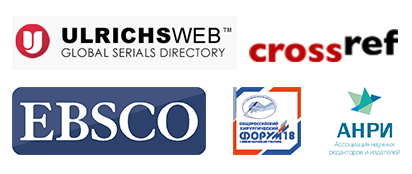Partial Purification And Molecular Weight Determination Of Glutathione S-Transferase Enzyme By Gel filtration Method In Patient With Beta Thalassemia Major
Department of Chemistry, College of Education for Pure Sciences, Tikrit University/Iraq
Department of Chemistry, College of Science, University of Kirkuk/Iraq
Department of Chemistry, College of Education for Pure Sciences, Tikrit University/Iraq
Abstract
The glutathione S-transferase (GST) enzyme was partially purified by using gel filtration chromatography technique, from the blood serum of a patient with beta thalassemia major, using a separation column with dimensions (2 cm in diameter and 100 cm in height), and Sephadex G-75 gel was used. Precipitation was done using ammonium sulfate, and dialysis was performed for the precipitated part in which the enzyme activity was high. Three packages for the activity of GST enzyme were obtained, and the activity of GST in the second package (B) was higher than the other packages, and from it the approximate molecular weight of the enzyme was determined, Also, standard calibration curves were used for a number of standard proteins with known molecular weights to obtain the linear equation from which the approximate molecular weight of GST was determined to be about (25882 Daltons).
The kinetics of partially purified GST from patient serum was studied with the determination of its optimal conditions. The results of the optimal conditions for GST using the buffer solution at a concentration of (0.12 mol/L), when the concentration of purified protein was (25 mg/mL), pH (pH = 6.5), incubation time (12 minutes), temperature (25°C). And the concentration of the base substance 1-chlorodinitrobenzene (CDNB) was (22.463 mmol/L). The values of the maximum velocity (Vmax) and the Michaelis constant (Km) were found using the Lineweaver-Burk plot, where the value of (Vmax = 0.556 µmol/min), and the value of (Km = 12.7 mmol/L). The effect of one of the inhibitors on GST activity was studied by using Benzyl Chloride, and the type of inhibition was non-competitive.
Partners
